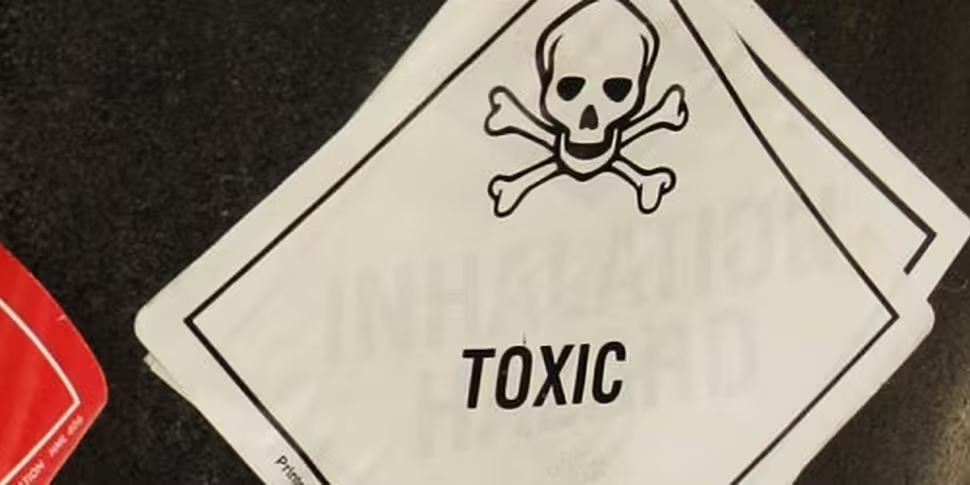The estranged half-brother of North Korean leader Kim Jong-Un, Kim Jong-Nam, was killed using a highly toxic chemical known as VX nerve agent.
That is according to a preliminary report from Malaysian police.
He was attacked by two women at an airport in Kuala Lumpur on February 13th. The poison was detected on swabs taken from his eye and face.
What is VX?
It is a human-made chemical warfare agent classified as a nerve agent.
Nerve agents are the most toxic and rapidly acting of the known chemical warfare agents. They are similar to pesticides which are used for killing insects.
However, nerve agents are much more potent than pesticides.
According to the US Centers for Disease Control and Prevention (CDC), VX was first developed in the United Kingdom in the early 1950s.
It is odourless and tasteless - and can be in the form of an oily liquid that is amber in colour and very slow to evaporate.
The CDC says it evaporates almost as slowly as motor oil.
Where is it found and how it is used?
It is believed that VX or other nerve agents could have been used in chemical warfare during the Iran-Iraq War in the 1980s.
The only known use of the substance is as a chemical warfare agent.
VX is primarily a liquid exposure hazard, but if it is heated to very high temperatures, it can turn into gas.
A person's clothing can release VX after contact with its vapour, which can lead to exposure of other people through contaminated clothing.
How people can be exposed to it?
Any release of VX can see people exposed through skin contact, eye contact, or inhalation (breathing in mist).
Though VX does not mix with water as easily as other nerve agents do, it could be released into water.
Following release of VX into water, people can be exposed by drinking contaminated water or getting contaminated water on their skin.
Following contamination of food with VX, people can be exposed by eating the contaminated food.
Because it breaks down slowly in the body, repeated exposure to it can build up in the body, and have a cumulative effect.
And due to the fact that VX vapour is heavier than air, it will sink to low-lying areas and create a greater exposure hazard.
How does it work?
The extent of poisoning caused by VX depends on how much a person was exposed to, how the person was exposed, and the length of time of the exposure.
Symptoms will appear within a few seconds after exposure to the vapour form, and within a few minutes to up to 18 hours after exposure to the liquid form.
It is the most potent of all nerve agents.
Compared with the nerve agent Sarin, VX is considered to be much more toxic by entry through the skin and somewhat more toxic by inhalation.
It is possible that any visible liquid contact on the skin, unless washed off immediately, would be lethal.
While under very cold conditions, the substance can last for months.
Because it evaporates slowly, VX can be a long-term threat as well as a short-term threat. Surfaces contaminated with VX should therefore be considered a long-term hazard.
What are the immediate signs and symptoms of exposure?
People exposed to a low or moderate dose may experience some or all of the following symptoms within seconds to hours of exposure:
- Abnormally low or high blood pressure
- Blurred vision
- Chest tightness
- Confusion
- Cough
- Diarrhoea
- Drooling and excessive sweating
- Drowsiness
- Eye pain
- Headache
- Increased urination
- Nausea, vomiting, and/or abdominal pain
While exposure to a large dose of VX by any route may result in:
- Convulsions
- Loss of consciousness
- Paralysis
- Respiratory failure possibly leading to death
Can exposure be treated?
Recovery from exposure is possible with treatment, but the antidotes available must be used quickly to be effective.
Anyone exposed is advised to leave the area where the VX was released and get fresh air. They should also go to the highest ground possible - as VX is heavier than air and will sink to low-lying areas.
Any person exposed should remove their clothing, wash their entire body with soap and water, and get medical care as quickly as possible.
Information supplied by the US Centers for Disease Control and Prevention (CDC)









